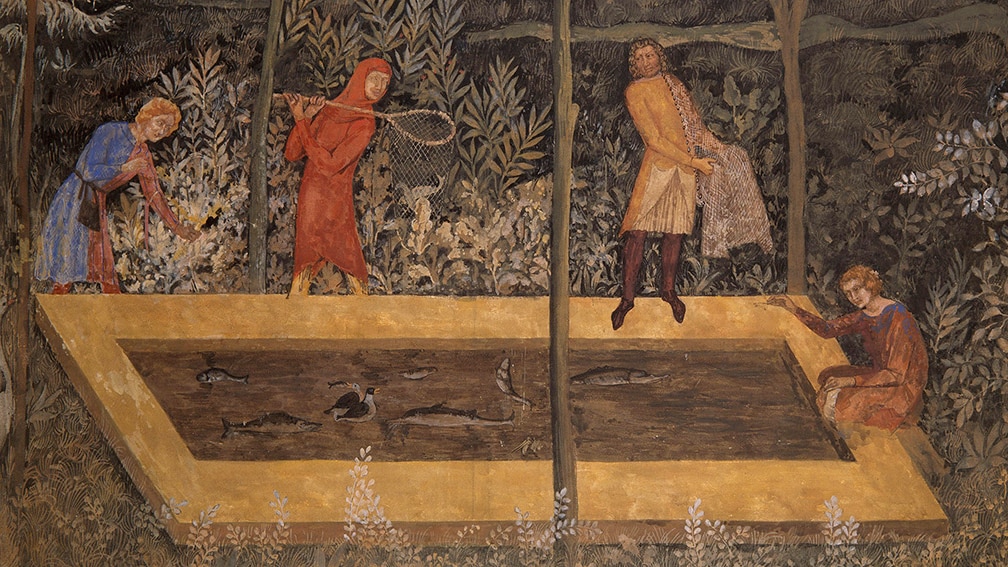In the past, aquaculture was done in many different places, and each place had its own way of doing things. Most books about aquaculture talk about how fish have been raised for a long time in Asia, ancient Egypt, and central Europe.
The Classic of Fish Culture, which is thought to have been written by Fan Lei, a Chinese politician who turned into a fish farmer, around 500 BC, is seen as proof that commercial fish farming existed in China at that time because Fan Lei said that his wealth came from his fish ponds (Ling, 1977).
A bas-relief of fish in Egypt from 2500 BC is thought to be of tilapia (Tilapia mossambica) raised in a pond, and the common carp (Cyprinus carpio), which is native to China, may have been the first fish to be raised.
From the sixth century on, the common carp was no longer the most important fish in China. This was because the name of the Tang Dynasty Emperor was Lee, which is also the Chinese name for the common carp (Ling, 1977). So, they went looking for other kinds of carp. This is how the so-called Chinese carps (grass, silver, bighead, and mud carp) came to be bred and raised.
In the 11th century AD, there seems to have been an Indian carp culture in the eastern parts of the Indian subcontinent.

Fish farming has been done in Indo-China for many hundreds of years, and the first systems of pen and cage farming for catfish seem to have come from Cambodia.
Oyster farming is probably the oldest type of coastal aquaculture. The Romans, Greeks, and Japanese are thought to have been the first people to farm oysters.
It looks like milkfish (Chanos chanos) culture began in Indonesia on the island of Java in the 15th century AD. This was the first brackish-water farming in Southeast Asia.
Aquaculture began in Europe in the Middle Ages when common carp was raised in monastic ponds. In Wittingau, Czechoslovakia, the first carp ponds were built in 1358.

France was the first place where trout were bred. In the 14th century, a monk named Don Pinchot is said to have found a way to make trout eggs fertile without using fish (Davis, 1956). Over time, trout culture spread to almost every continent because trout is both a sport fish and a food that people like to eat.
In 1733, a German farmer successfully collected trout fish eggs, fertilized them, and then grew and raised the fish that hatched. This was the beginning of fish farming as we know it today.
In 1853, Dr. Theodatus Garlick and Professor H. A. Ackley of Cleveland, Ohio, were the first people in the United States to be able to make brook trout grow in a lab. In 1857, Dr. Garlick wrote a book about how fish can be made to have more fish.
In the past few years, fish farming has spread to many parts of the world using standard methods. Breeding fish, artificially fertilizing them, and feeding them pellets,
which were once only used on a few species are now used on a lot of species that have been raised in captivity. With more research into aquaculture, especially on how to make fish seed and fish food, aquaculture will make a huge leap in the coming years.